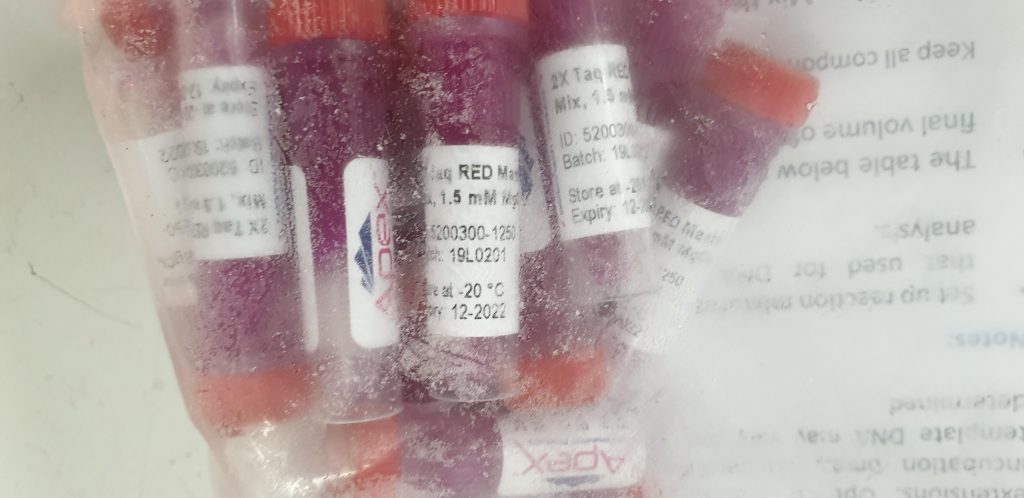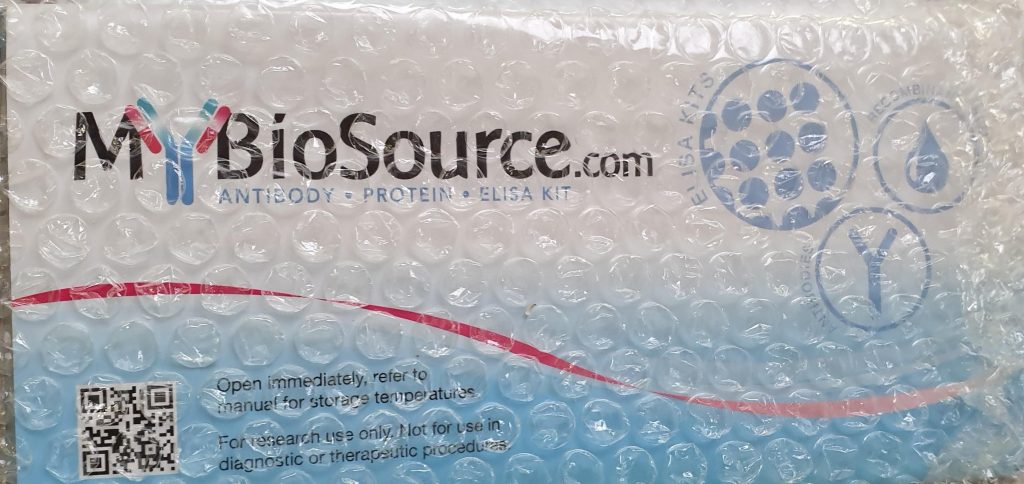The flow cytometry (FC) is a tool for analyzing the physicochemical properties of the cells or components. To achieve good results, it is necessary to plan the tests properly, paying special attention to the design of the polychromatic panels and thus optimizing the sensitivity of the test.
In this post we summarize the most critical steps on how to create an antibody panel for flow cytometry .
1.- Establish A Hypothesis
After establishing a biological hypothesis, we should ask ourselves some questions that will allow us to properly plan the experiment:
- What population do you want to identify?
- What information do you want to extract from the data obtained?
- Are there commercial reagents available for the proteins of interest or the possibility of conjugating the antibodies in-house ? (Remember this guide on antibody conjugation )
2.- Analyze The Fluorochromes
First, it is necessary to ensure that the cytometer is suitable for the selected fluorophores.
Ideally, the brightest fluorochromes should be paired with the antigens that are expressed in the least amount, and the darkest with the antigens with high expression levels in the sample.

3.- Get Familiar With The Cytometer
It is important to understand the capabilities of the particular cytometer to be used. Most of them will have at least three lasers that will emit at different wavelengths, and in addition, they may have additional filters and / or detectors. Based on these parameters, the number of colors that can be detected simultaneously will be defined.
4.- Use A Panel Construction Program
It is critical to find all available antigen-fluorochrome pairs, in order to be more likely to choose correctly the one that best suits our experiment. To do this, programs designed for this purpose (for example, Fluorofinder or Chromocyte ), which facilitate the search for these reagents , are of great help .
5.- Protect The Combined Fluorophores
As the number of colors in a panel increases, it may be necessary to resort to dye tandems of the PE-Alexa Fluor or APC-Cy7 type, thus increasing the emission range of a certain laser.
These conjugates are highly susceptible to degradation due to the effect of light and cellular biological activity, resulting in the separation of the conjugates, and therefore, the emission of fluorescence at two different wavelengths, which could cause false positives.
6.- Optimize The Panel
To optimize and validate the antibody panel for flow cytometry, the following parameters will need to be adjusted:
- Adequate titration of the antibodies, to ensure that the optimal concentration of the antibodies is used.
- Optimize the voltage for each of the fluorochromes.
- Optimize the staining protocol in order to block unspecific junctions.
Designing a panel of antibodies for flow cytometry is a complex procedure, which may require long periods from the start of the experiment to its optimization. We hope that these tips will help you simplify the process and shorten those times.

